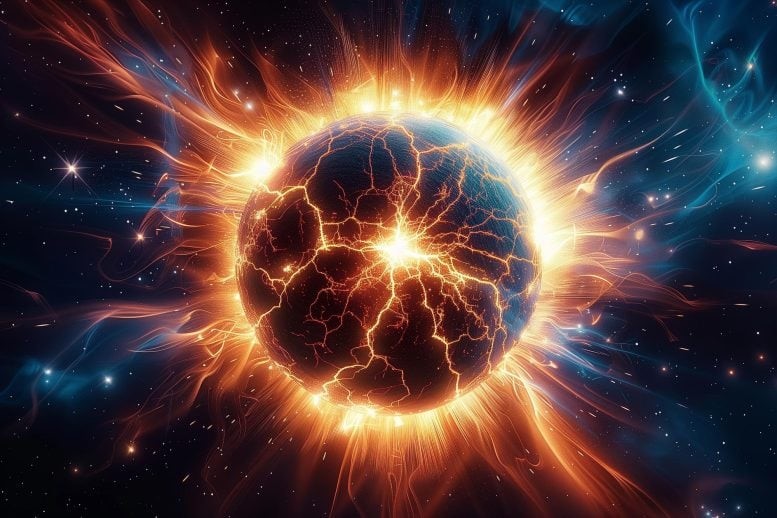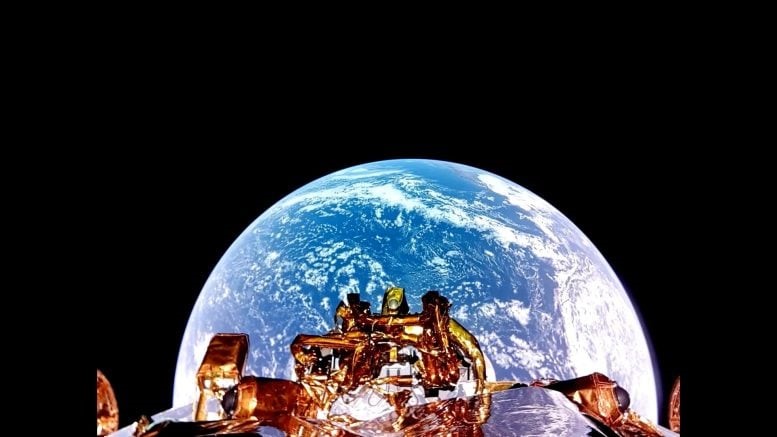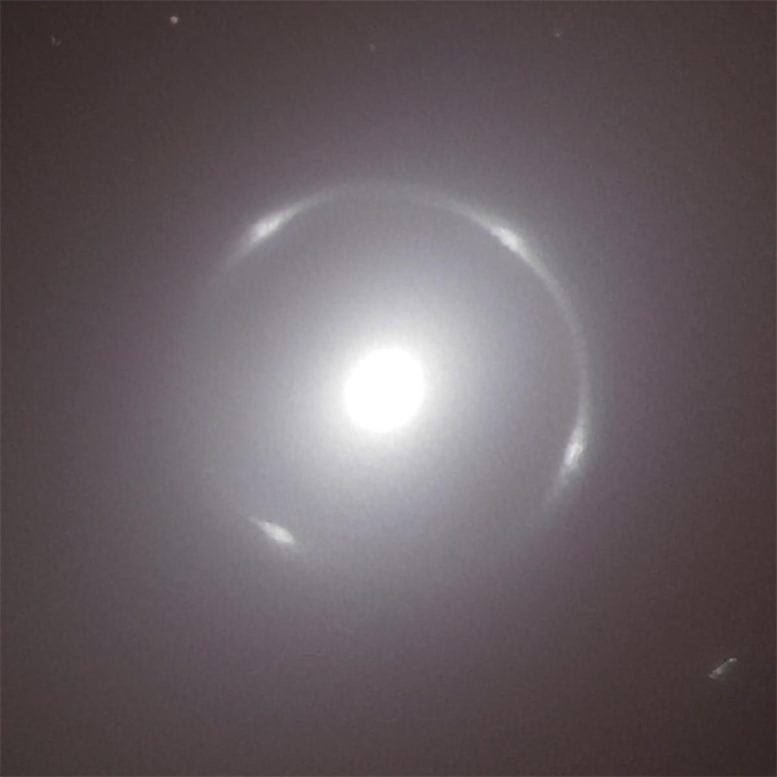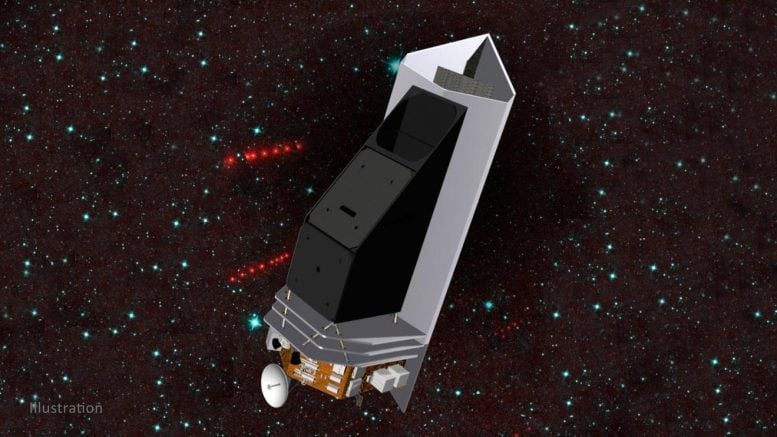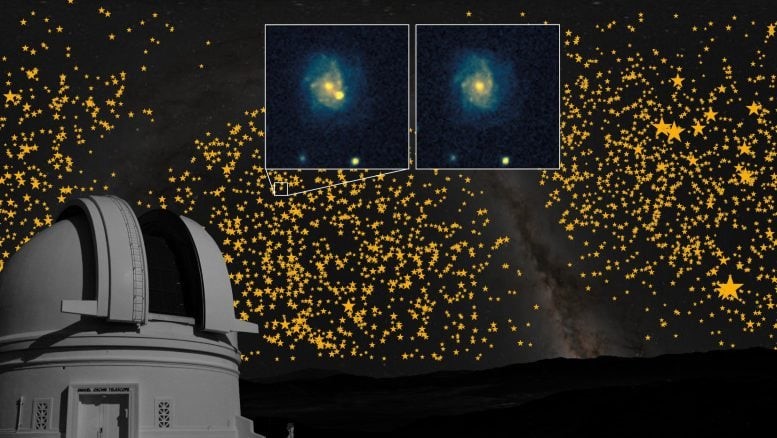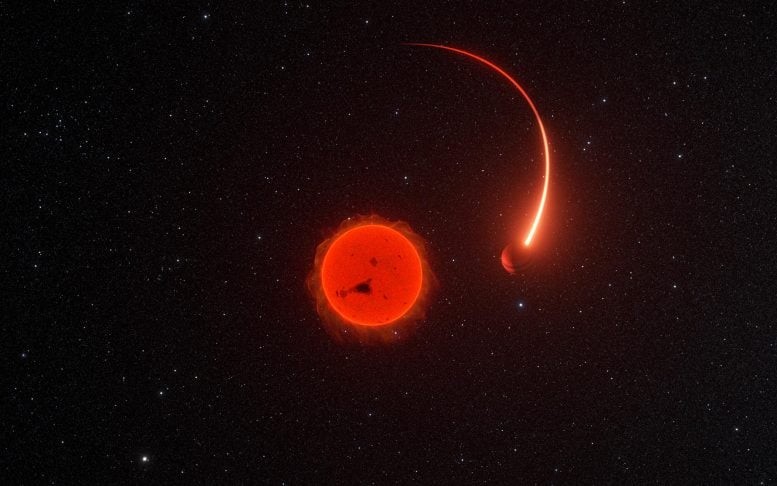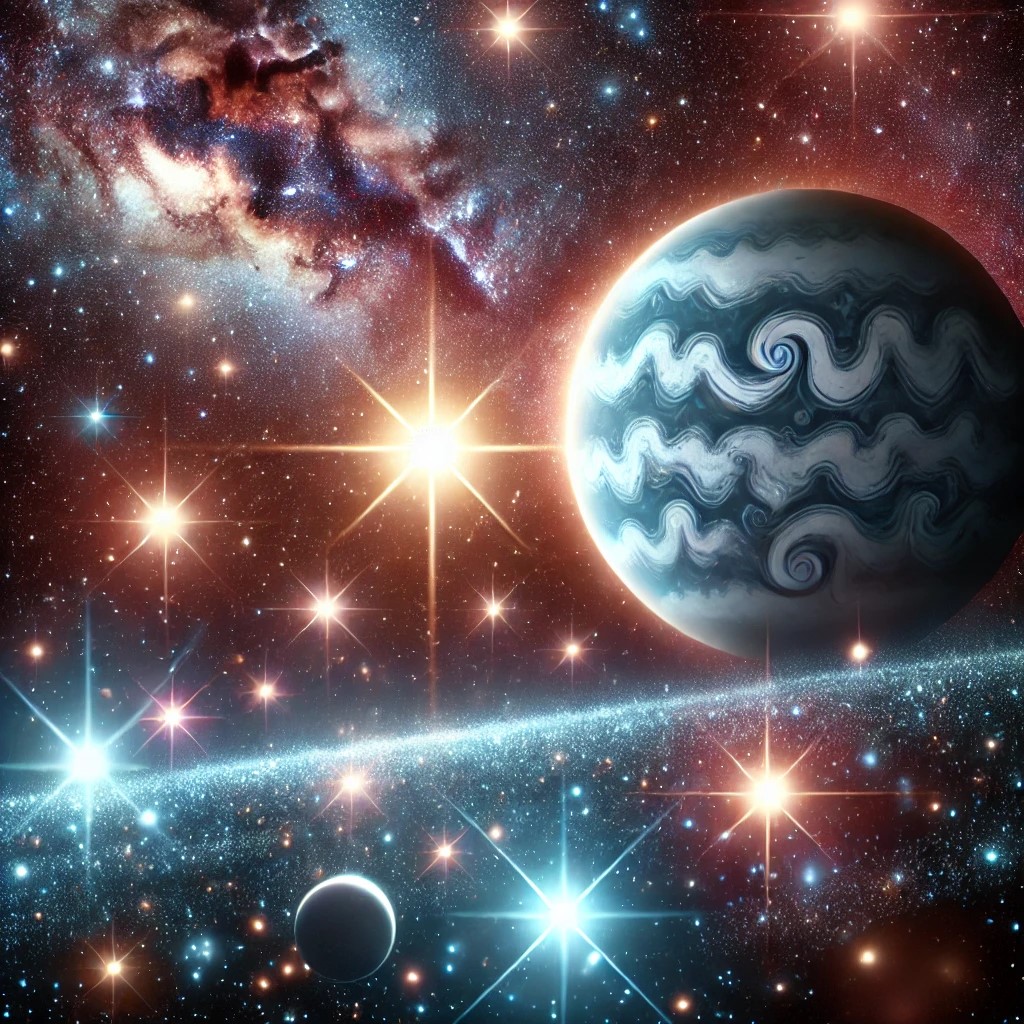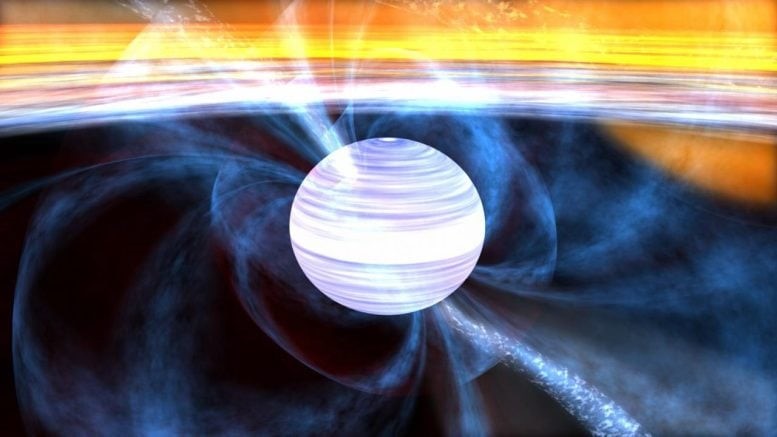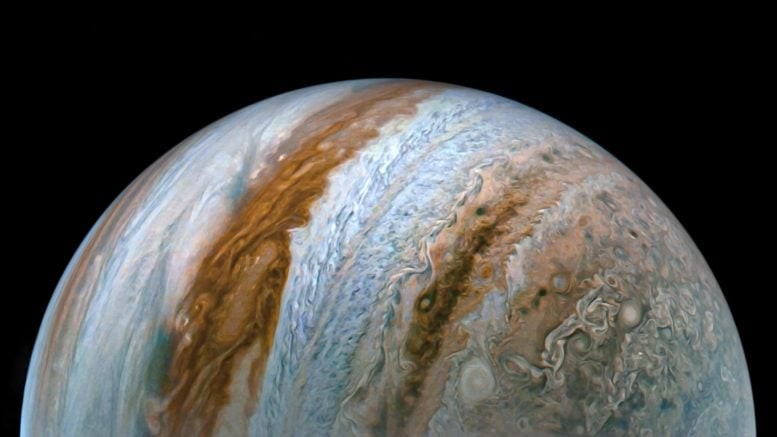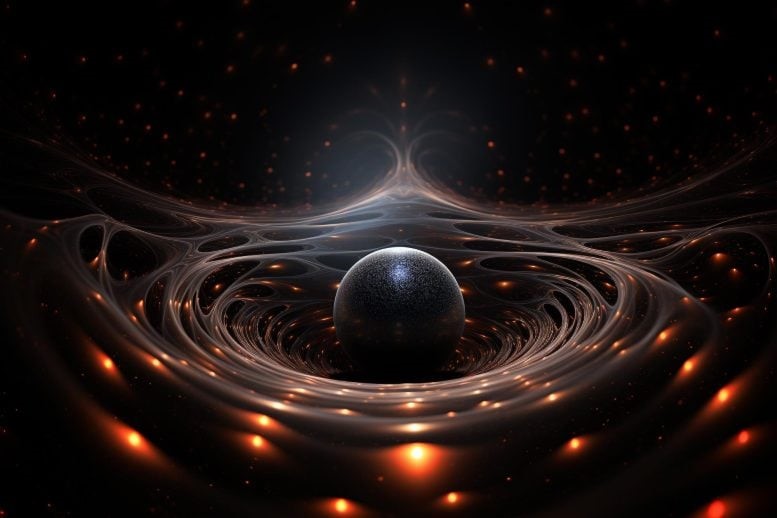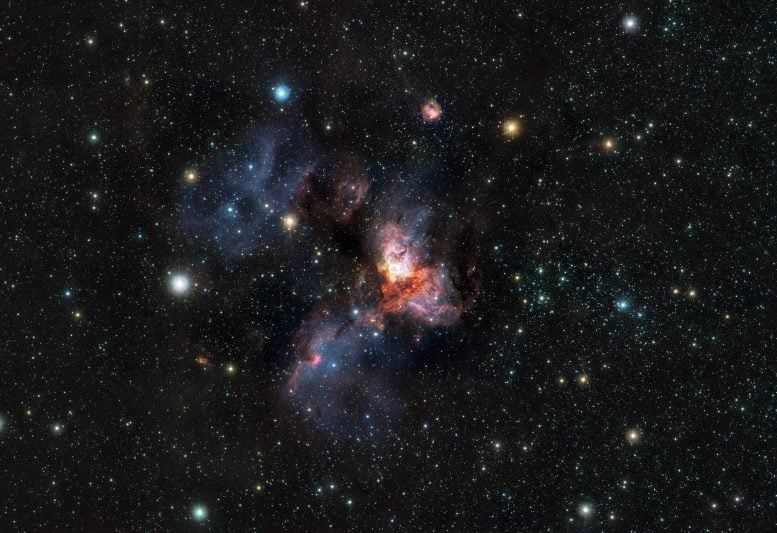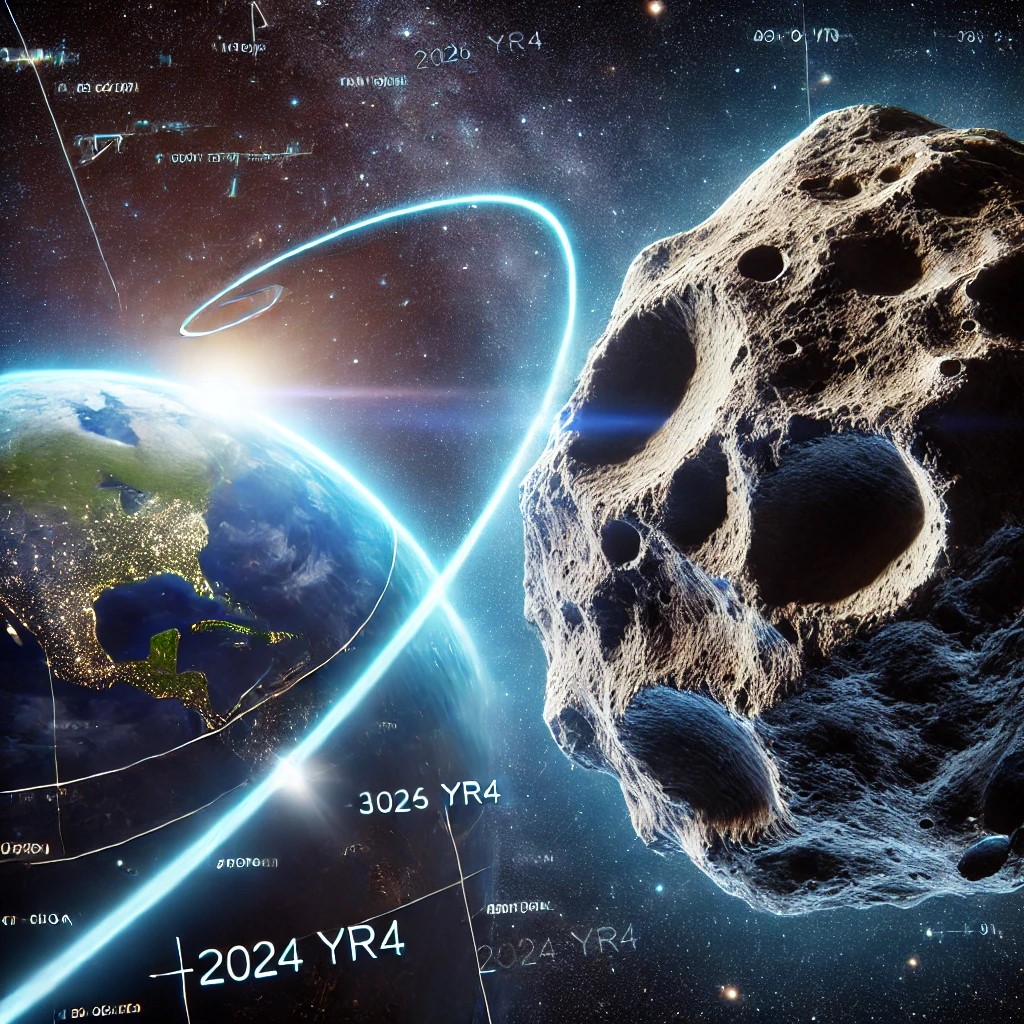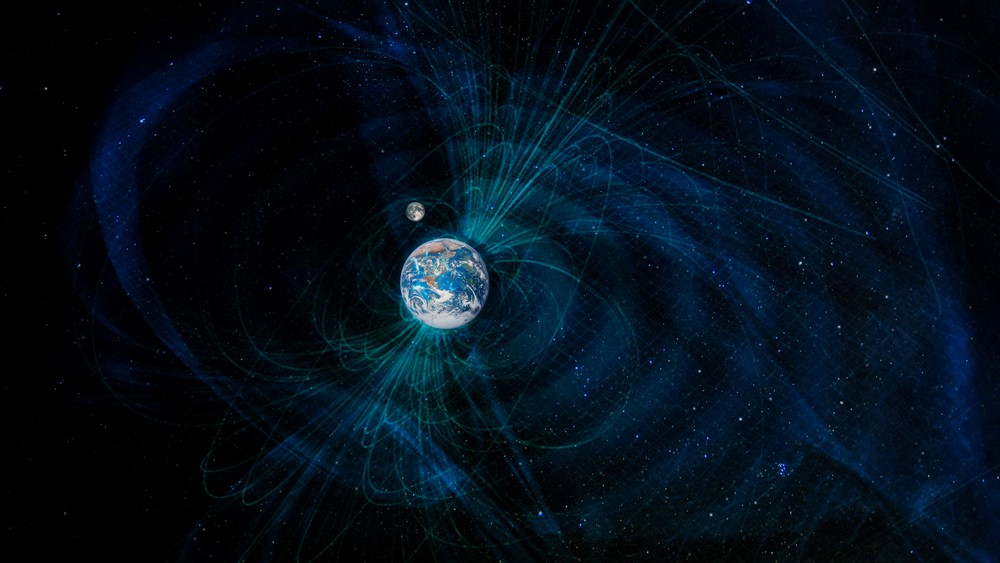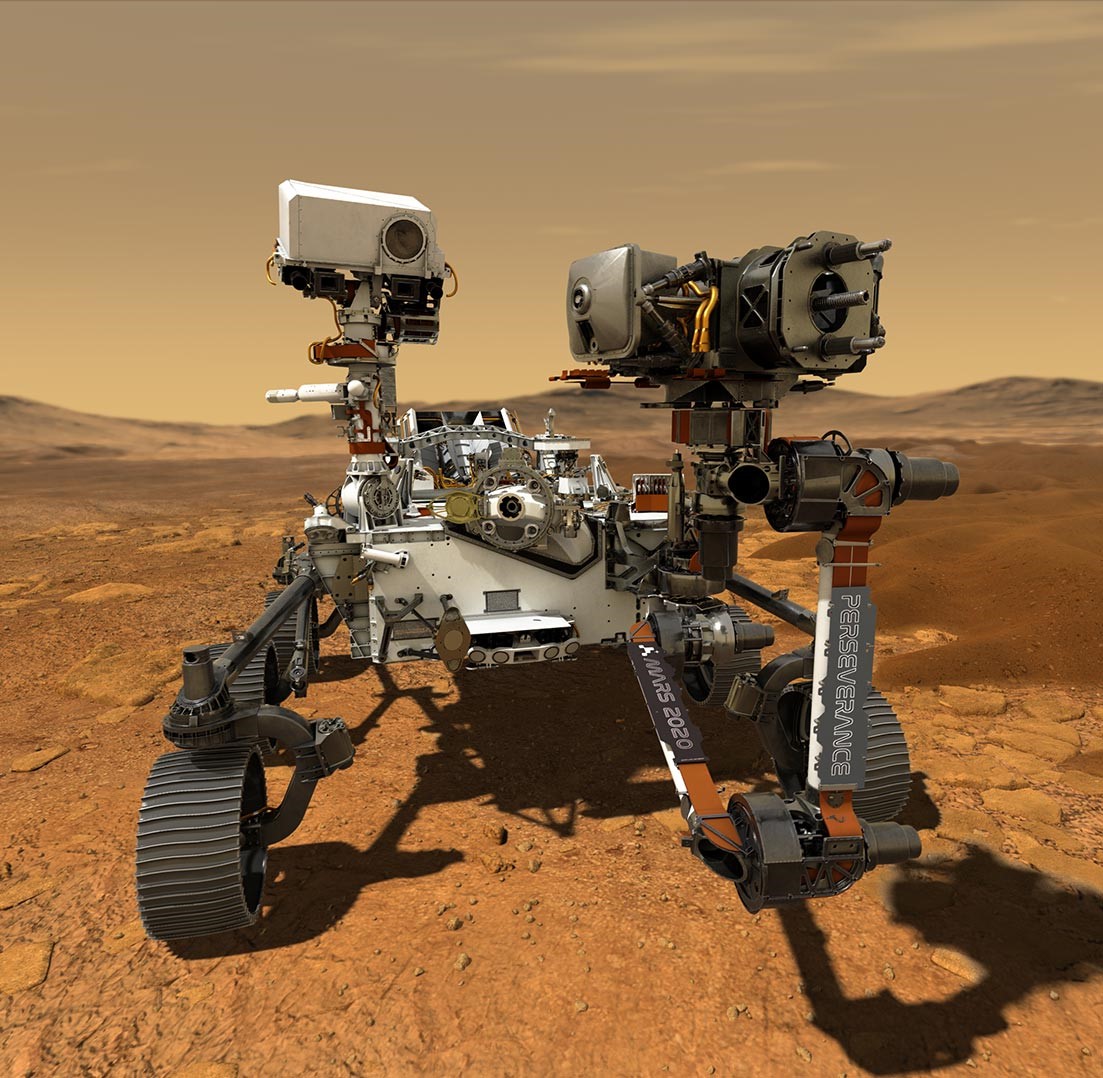Gravitational waves could potentially display quantum characteristics
Galaxies, planets, and black holes—most people associate everything in our Universe with immense scale. While much of what happens millions of light-years away is indeed vast, there are also phenomena occurring at the quantum level. This branch of science explains nature's behavior on incredibly small scales, even tinier than atoms, where things act in unexpected ways.
Theoretical physicists Partha Nandi and Bibhas Ranjan Majhi have investigated whether gravitational waves—disturbances in space created by the motion or collision of massive objects—might display quantum properties. They discussed their findings with The Conversation Africa.
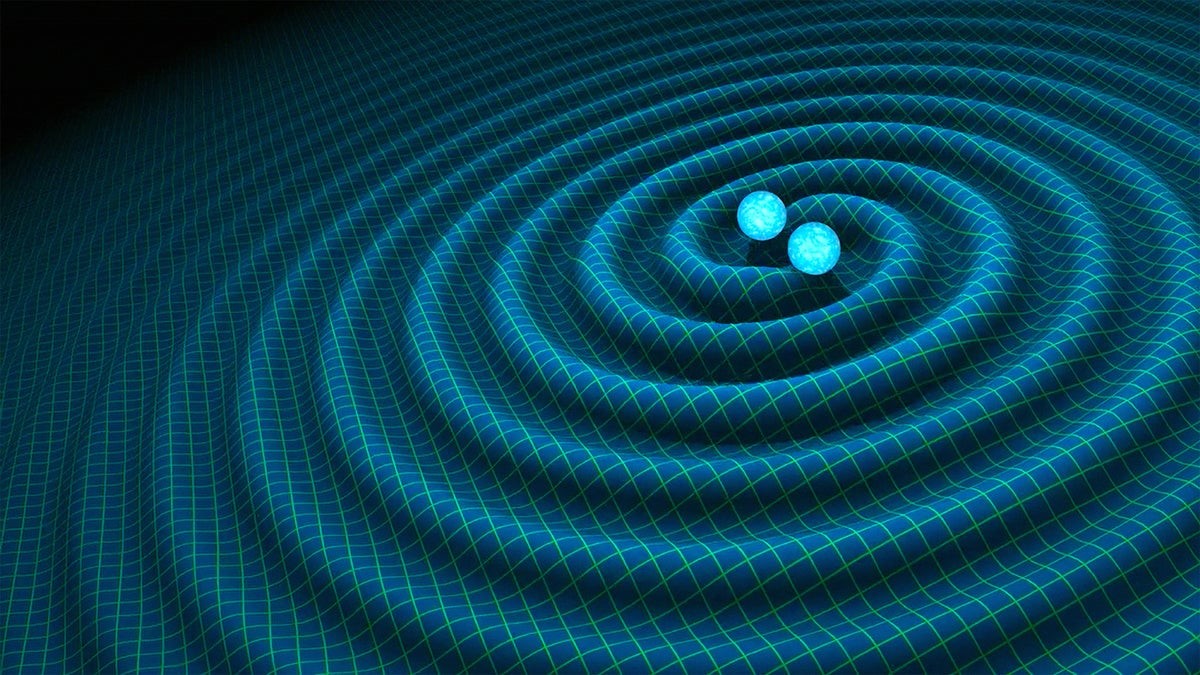
Figure 1.Gravitational Waves May Exhibit Quantum Properties.
What Are Gravitational Waves?
In simple terms, gravitational waves are like tiny ripples in space, similar to the waves created when you splash water. They emerge when extremely massive objects, such as stars or black holes, move or collide, sending these ripples through space while carrying energy.
However, they are more than just ripples; they serve as a form of cosmic communication. Gravitational waves transmit information about colossal astronomical events, allowing scientists to “listen” to the universe in ways that were previously impossible. Figure 1 shows Gravitational Waves May Exhibit Quantum Properties.
In 1916, renowned physicist Albert Einstein introduced his groundbreaking theory of general relativity. Rather than describing gravity as a force, he explained it as the curvature of space and time caused by massive objects [1]. This curvature influences the motion of objects, much like how a heavy ball placed on a stretched rubber sheet causes smaller objects to roll toward it.
Einstein precisely predicted the motion of planets, black holes, and even the way light bends around massive objects. He also foresaw the existence of gravitational waves—ripples in space-time generated when these massive objects move or collide.
However, it took nearly a century to confirm his prediction. In 2015, the Laser Interferometer Gravitational-Wave Observatory (LIGO) in the U.S. detected gravitational waves for the first time. The delay was due to their incredibly tiny effects—gravitational waves distort space by a factor 1,000 times smaller than an atom. Detecting them required highly specialized instruments, and LIGO's advanced technology was finally capable of the task.
Are Some Gravitational Waves Quantum in Nature?
Quantum physics is the branch of science that describes nature at extremely small scales—smaller than atoms—where things behave in unexpected ways.
For example, subatomic particles can act like waves and exist in multiple states simultaneously, a phenomenon known as superposition. They can also be interconnected in such a way that a change in one instantly affects the other, regardless of distance—this is called entanglement.
A well-known example of quantum behavior is seen in photons, the particles of light. Scientists have demonstrated that photons exhibit these quantum properties, including superposition and entanglement. The question now is whether gravitational waves, like photons, also exhibit such quantum characteristics.
Entanglement is a kind of connection but it’s much deeper than a simple link. When two objects are entangled, they share something called a quantum state. This describes everything about a particle or system. It’s like a blueprint, but instead of fixed details, it gives the chance of finding the particle under different conditions, such as its position or speed.
When two objects share a quantum state, their behaviour becomes mysteriously linked. If you measure one object, the state of the other will immediately adjust to match, no matter how far apart they are. This is what makes entanglement so special and unlike anything we see in the everyday world.
We proposed that gravitational waves might exhibit both classical and quantum properties. The waves detected by LIGO so far align with classical physics, following the predictions of Einstein’s general relativity.
However, LIGO's current detectors are not sensitive enough to capture quantum effects, making it impossible to verify our hypothesis through direct observation. To explore this possibility, we designed a model based on an advanced version of LIGO. This hypothetical detector features mirrors attached to movable, vibrating arms, allowing us to investigate whether quantum signatures of gravitational waves could, in principle, be observed.
Classical gravitational waves make mirrors move in predictable ways, but in our study, quantum gravitational waves—tiny ripples caused by particles known as gravitons—had a different effect. They induced entanglement in the mirrors' oscillation modes, causing certain parts of their motion to synchronize in ways that classical waves cannot.
To illustrate this, imagine two distant wind chimes swaying in perfect unison, not because of a visible force, but due to an invisible breeze [2]. In this analogy, quantum gravitational waves act as that unseen breeze, linking the motion of objects in a way that classical gravitational waves cannot.
This suggests that at extremely small scales, gravitational waves may exhibit quantum properties such as entanglement, which cannot be explained using classical physics. However, this does not mean that all gravitational waves are quantum in nature. Instead, those originating from the early universe—around 13.8 billion years ago—may carry quantum imprints. These waves could hold valuable information about the universe’s infancy, particularly around the time of the Big Bang, and how it evolved over time.
Reference:
- https://cosmosmagazine.com/science/physics/grav-waves-may-have-quantum-properties/
- https://www.forbes.com/sites/startswithabang/2016/02/20/ask-ethan-do-gravitational-waves-exhibit-wave-particle-duality/
Cite this article:
Keerthana S (2025), Gravitational waves could potentially display quantum characteristics, AnaTechMaz,pp.239


